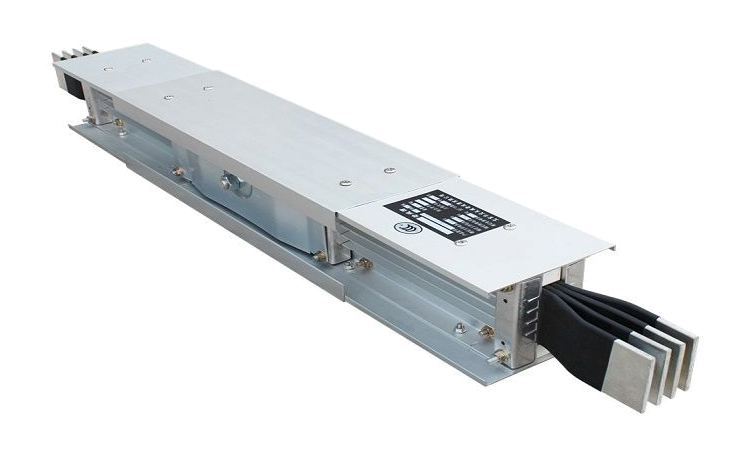The evolution of electrical distribution has seen significant advancements over the past few decades, with busbar trunking system installation emerging as a leading solution for efficient and reliable power distribution. As industries and infrastructures grow, the demand for robust electrical systems has never been greater. This article explores the latest innovations in busbar trunking systems and their impact on the future of electrical distribution.
The Rise of Busbar Trunking Systems
Busbar trunking system installation has revolutionized the way we manage electrical distribution. Unlike traditional cable systems, busbar trunking systems offer greater flexibility, efficiency, and safety. These systems consist of insulated conductors enclosed within a robust protective casing, making them ideal for a variety of applications, from industrial plants to high-rise buildings.
Key Innovations in Busbar Trunking Systems
1. Advanced Materials and Construction
One of the most significant innovations in busbar trunking system installation is the use of advanced materials and construction techniques. Modern busbar systems now incorporate high-quality copper and aluminum conductors, which provide superior conductivity and thermal performance. These materials are often coated with epoxy or other insulating materials to enhance safety and durability.
2. Modular Design
Modular design has become a game-changer for busbar trunking system installation. This design approach allows for easy assembly and disassembly of the busbar system components, making it simpler to expand or modify electrical distribution networks as needed. The modular nature also reduces installation time and labor costs, making it an attractive option for large-scale projects.
3. Enhanced Safety Features
Safety is a paramount concern in electrical distribution, and modern busbar trunking systems are equipped with numerous safety features. Innovations such as fire-resistant casings, integrated circuit breakers, and improved grounding techniques help minimize the risk of electrical fires and other hazards. These safety features ensure that busbar trunking systems meet stringent industry standards and provide reliable protection for both people and equipment.
Benefits of Modern Busbar Trunking Systems
The innovations in busbar trunking system installation offer several key benefits that make them an appealing choice for contemporary electrical distribution needs:
1. Improved Efficiency
Busbar trunking systems are designed to minimize power losses and maximize efficiency. The high conductivity of the materials used and the streamlined design reduce energy wastage, resulting in lower operating costs and improved overall system performance.
2. Space-Saving Design
Traditional cable systems can be bulky and require significant space for installation. In contrast, busbar trunking systems are compact and can be easily integrated into tight spaces. This space-saving design is particularly beneficial for urban developments and industrial settings where space is at a premium.
3. Scalability
As businesses grow and their electrical needs evolve, scalability becomes a crucial factor. Busbar trunking systems offer unparalleled scalability, allowing for easy expansion without the need for extensive reconfiguration. This flexibility ensures that the electrical distribution system can adapt to changing requirements over time.
The Role of Electrical Control Panel Installation
In conjunction with busbar trunking system installation, electrical control panel installation plays a vital role in managing and optimizing electrical distribution. Electrical control panels serve as the nerve center of the distribution network, providing control, monitoring, and protection for various electrical circuits.
Innovations in Electrical Control Panel Installation
1. Smart Technology Integration
The integration of smart technology into electrical control panels has transformed the way we manage electrical systems. Smart panels equipped with sensors, communication modules, and automation capabilities enable real-time monitoring and control of electrical distribution. This technology allows for proactive maintenance, energy optimization, and enhanced system reliability.
2. Customization and Flexibility
Modern electrical control panel installation offers a high degree of customization to meet specific project requirements. Panels can be tailored to include various control and protection devices, such as programmable logic controllers (PLCs), relays, and circuit breakers. This flexibility ensures that the control panel can effectively manage diverse electrical loads and applications.
3. Enhanced Safety and Compliance
Safety is a top priority in electrical control panel installation, and recent innovations have focused on improving safety features and ensuring compliance with industry standards. Advanced control panels now include features such as arc flash protection, fault detection, and emergency shutdown capabilities. These enhancements help protect personnel and equipment from electrical hazards and ensure that installations meet regulatory requirements.
Future Trends in Electrical Distribution
The future of electrical distribution is poised for further advancements, driven by ongoing innovations in busbar trunking system installation and electrical control panel installation. Some emerging trends to watch for include:
1. Integration of Renewable Energy Sources
As the demand for renewable energy grows, electrical distribution systems will need to accommodate a diverse range of energy sources. Innovations in busbar trunking systems and control panels will facilitate the integration of solar, wind, and other renewable energy sources into the grid, ensuring efficient and reliable power distribution.
2. Increased Automation and Digitization
Automation and digitization are set to play a major role in the future of electrical distribution. Advanced control systems equipped with artificial intelligence (AI) and machine learning algorithms will enable predictive maintenance, energy management, and optimized load balancing. These technologies will enhance the efficiency and reliability of electrical distribution networks.
3. Enhanced Cybersecurity Measures
With the increasing reliance on digital technologies, cybersecurity will become a critical concern for electrical distribution systems. Future innovations will focus on implementing robust cybersecurity measures to protect against cyber threats and ensure the integrity of the distribution network.
Conclusion
Innovations in busbar trunking system installation and electrical control panel installation are driving the future of electrical distribution. These advancements offer numerous benefits, including improved efficiency, scalability, and safety. As the industry continues to evolve, embracing these innovations will be essential for meeting the growing demands of modern infrastructure and ensuring a reliable and sustainable power supply.

